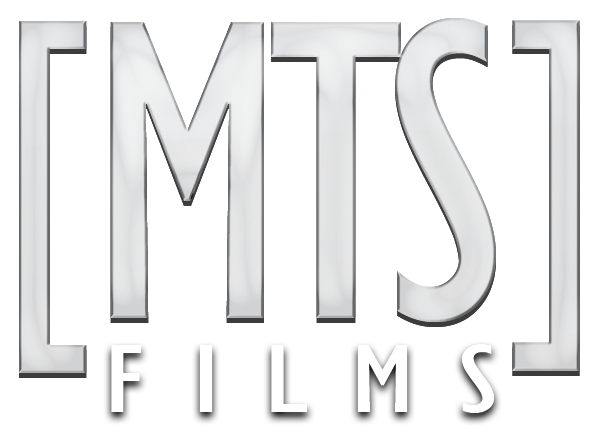Red cameras are amazingly awesome, don't get me wrong! Just pointing out some things about sensor cropping that caught me out many moons ago when I purchased my RED Scarlet-X. In hindsight, for this video I should have generated some noise for each of my grey box examples so that you could actually see how effective super sampling is at "reducing" noise for delivery of a lower resolution (8K to 4K or, 4K to 1080p for example).
Oh, and I also should have mentioned that I'm very aware that most modern day cameras (except RED) actually DO sample more pixels than they record, and super-sample the recorded image, in camera. For example, the Arri Alexa Classic "ONLY" records 2K, but it samples 3.2K at the sensor and super-samples that down to 2K...which is why it looks so detailed and beautiful even though it's only 2K. Same with Sony A7 and a6xx series cameras (and GH5, etc) - They sample more than UHD so that the final delivery of UHD is crisper and cleaner.
Meanwhile, why then when you look at a 100% crop from a Black Magic Pocket Cinema camera (original), with a sensor that is sampling at 1920x1080 but also delivering at 1920x1080 does it seem sharper than a RED Scarlet-X (or even Epic-X) at 100% crop? Well, now we have to talk about the OLPF (Optical Low Pass Filter) and other in-camera processing which affect overall detail and sharpness of a recorded image. That's another video!
I should also mention that today's red cameras actually DO let you super-sample in camera, but only to ProRes or whatever intermediate codec they're supporting - not to RAW.
Oh and finally, when I casually say "4K" (DCI 4096 x 2160) I really should be saying UHD (3840x2160) for the examples in the video.
Didn't mean to bash on RED so much hehe....can't help it!
Follow up video after learning some stuff (please read comments on YouTube for more info)…













